The tour will take 4-6 hours. The route is as follows:
Outside the East Gate–in front of the Hall of benevolence and Longevity- in front of Garden of Virtuous Harmony-in front of the Grand Theater Building- a lakeside walk from the Garden of Virtuous Harmony to the Hall o Jade Ripples- in front of the o Jade Ripples- in front of the Yiyunguan (Chamber of Mortal Being)-Hall of happiness and longevity- in front of the Yaoyue (Chamber of Mortal Beings)-Hall of Happiness and Longevity-in front of the Yaoyue (Inviting the Moon) Gate of the Long Corridor- strolling along the Long Corridor- visiting an exhibition of cultural relics- in front of the Hall of Dispelling Clouds- inside the Hall of Dispelling Clouds- atop the Tower of Buddhist Incense- on a hilltop leading from the back door of the Tower of Buddhist Incense- on a hilltop leading from the back door of the Tower of Buddhist Incense- inside the Garden of Harmonious Interest –outside the south gate to Suzhou Shopping Street- atop the stone bridge inside the Suzhou shopping street –on the road from the south gate of suzhou shopping street- on the road form the south gate of suzhou shopping street to the marble boat- in front of the ruins of the Garden of complete spring –along the lakeside by the marble boat-boating on the Kunming Lake-leaving out through the East Gate.
(Outside the east gate)
Ladies and Gentlemen:
Welcome to the Summer Palace. (After the self-introduction of the guide -interpreter) I hope this will be an interesting and enjoyable day for you.
During our tour, you will be introduced to time honored historical and cultural traditions, as well as picturesque views and landscapes.
The construction of the Summer Palace first started in 1750. At that time, the Qing Dynasty was in its heyday and China was a powerful Asian country with vast territories. The monarch in power then was Emperor Qianlong. With supreme power and large sums of money, he summoned skillful and ingenious artisans from all over the country to carry out this construction work in honor of his mother's birthday. After 15 years and one seventh of the nation's annual revenue spent, the Garden of Clear Ripples was completed and served as a testimony to China's scientific and technological achievements. In 1860, this vast royal garden was burnt down along with the Yuanming Yuan (Garden of Perfection and Brightness) by Angol-French allied forces. In 1888, Empress Dowager Cixi reconstructed the garden on the same site and renamed it the Garden of Nurtured Harmony (Summer Palace). Characterized by its vast scope and rich cultural embodiments, the Summer Palace has become one of the most famous tourist sites in the world.
This is the main entrance to the Summer Palace-the East Gate On top of the eaves of the door there is a plaque bearing a Chinese inscription which means "Garden of Nurtured Harmony", whose calligrapher was Emperor Guangxu. The gate that you are now entering was used exclusively by the emperor, the empress and the queen mother. All others used the side doors.
(Inside the East Gate)
The Summer Palace can be divided into two parts: Longevity Hill and Kunming Lake. The whole garden covers an area of 290 hectares, of which three- fourths consists of a lake and rivers. This imperial garden features 3,000 room-units and covers an expanse of 70,000 square meters with more than 100 picturesque spots of interest. The layout of the Summer Palace includes three groups of architectures: palaces where the emperor attended to state affairs, resting palaces of the emperor and empress, and sightseeing areas. Entering the East Gate we will come the office quarters. Entering the East gate we will come to the office quarters. The annex halls on both sides were used for officials on duty.
This is the Gate of Benevolence and Longevity. Above the door there is a plaque bearing the same name in both Chinese and Manchurian characters. The gigantic rock in the foreground is known as Taihu rock, or eroded limestone, quarried in Jiangsu Province and placed here to decorated the garden.
On the marble terrace sits a bronze mythical beast, known as Qilin or Xuanni. It was said to the one of the nine sons of Dragon King. A point of peculiar interest is that it has the head of a dragon, antlers of a deer, the tail of a lion and hooves of an ox, and is covered with a unique skin. IT was considered an auspicious creature that brought peace and prosperity.
This grand hall is the Hall of Benevolence and Longevity. It was built in 1750, and was known as the Hall of Industrious Government. Emperor Qianlong ruled that the halls where monarchs attended to state affairs would be named after them. After the rebuilding of the Summer Palace, the hall was renamed, suggesting that benevolent rulers would enjoy long lives.
The arrangement of the hall has been left untouched. In the middle of the hall stands a throne made of sandalwood and carved with beautiful designs. In the background there is a screen carved with nine frolicking dragons. On either side of the throne there are two big fans made of peacock feathers, two column-shaped incense burners, crane-shaped lanterns and an incense burner assuming the form of Luduan, a mythological animal which was suppose to have the power to prevent fire. The small chambers on eight side were where the Emperor Qianlong and Empress Dowager Cixi rested and met officials on formal occasions.
On the verandah in the foreground of the hall there are bronze statues of dragon and phoenixes which served as incense burners on major occasions. They are hollow and smoke comes through holes on their backs. Also on the veranda are Tai Ping (Peace) bronze water vats made during the reign of Emperor Qianlong. As a precaution in case of fire, a fire was lit underneath the vats in the winter to keep the water in them from freezing.
(At the entrance of Garden of Virtuous Harmony)
we are now visiting the Garden of Virtuous Harmony, where Emperor Qianlong and Empress Dowager Cixi were entertained with Beijing Opera performances. IT mainly consists of the Dressing House, The Grand Theater Building and the Hall of pleasure smiles. The grand Theater Building known as the "Cradle of Beijing Opera" was uniquely laid out and magnificently decorated. On September 10, 1984, the Garden of Virtuous Harmony opened its doors to visitors. There are also 7 exhibition halls with articles of daily use on display here. The staff here put up court dresses of Qing Dynasty in order to give the visitor a more vivid impression.
(In front of the Grand Theater Building)
This building is 21 meters in height and 17 meters in width and features three tiers of tilted eaves and stages. All of the stages are connected to a raise, and a winch is installed at the top. A well and 5 ponds were sunk under the ground stage. There are trapdoors in the ceiling for fairies to descend, as well as on the floor for demons to surface. The underground passages also served as a means of improving resonance and making the performers' voices more audible. Of the three main theater building of the Qing Dynasty, the Grand Theater Building is the tallest and the largest. The other two are Changyin (Fluent Voice) Pavilion in Chengde, an imperial summer resort. The building played a major part in fostering the birth and development of Beijing opera: since the completion of the Grand Theater Building, many performances were held in it in honor of the Empress Dowager Cixi.
(A lakeside walk from the Garden of Virtuous Harmony to the Hall of Jade Ripples)
We are now standing in the middle of a rockery behind the Hall of Benevolent and longevity. It appears that there's nothing special ahead. However, after we clear the rockery, we will reach Kunming Lake. This is an application of a specific style of Chinese gardening.
Not far away in the lake there is an islet. It is filled with peach and weeping willow trees and serves as an ideal place to appreciate the scenery. The pavilion on the islet is called Zhichun (Understanding Spring) Pavilion and is characterized by four- edged, multiple eaved roofs.
(In front of the Hall of Jade Ripples)
This group of special and quiet courtyard dwelling is the Hall of jade Ripples. It was first used by Emperor Qianlong to attend to state affairs. IT was also where Emperor Guangxu of the late Qing dynasty was kept under house arrest.
This hall is a hallmark of the Reform Movement of 1898, Emperor Guangxu was Empress Dowager Cixi's nephew. After Emperor Tongzhi died, Empress Dowager Cixi made her nephew, who was at that time four years old a successor in order to continue her wielding of power behind the scenes. When Emperor Guangxu was 19 years old, Empress Dowager Cixi relinquished power to him but continued to exert considerable influence. In 1898, the Reform Movement took place with the aim of sustaining the corn principles of the Qing Dynasty while reforming outdated laws. The movement lasted for 103 days until it was suppressed by Empress Dowager Cixi. The emperor's six earnest reformists were beheaded and Emperor Guangxu was placed under house arrest which lasted for 10 years. All the back doors were sealed and a brick was put up behind the wooden partition on each side of the two annexes of the courtyard. Emperor Guangxu was closely watched by eunuchs. The wall remains intact for tourists to see. Dynasty while reforming outdated laws. The movement lasted for 103 days until it was suppressed by Empress Dowager Cixi. The emperor's six earnest reformists were beheaded and Emperor Guangxu was placed under house arrest which lasted for 10 years. All the back doors were sealed and a brick was put up behind the wooden partition on each side of the two annexes of the courtyard. Emperor Guangxu was closely watched by eunuchs. The wall remains intact for tourists to see.
(In front of Yiyunguan (Chamber of Mortal Beings)
This was where Empress and empress dowager of China's feudal system. However, Emperor Guangxu was not the last emperor of the Qing Dynasty. The last in the line was Emperor Puyi, who ascended the throne in 1908 at the age of three, too young to be married. In 1912, he was forced to abdicate. During the short reign of Emperor Puyi, Empress Longyu handled state affairs on his behalf in the name of Empress Dowager. In 1911, a revolution led by Dr. Sun Yat-sun succeeded, and the year after, Empress Longyu announced the abdication of the last emperor of China.
(In the Hall of Happiness and Longevity)
The aged empress Dowager Cixi was so fond of the Summer Palace that she decided to live here from April through October of every year. This group of buildings served as her residence.
This group of courtyard dwellings consists of a forecourt and a backyard with annex courts on each side. The whole compound was basically made of wood, which is ideal for ventilation and lighting. With its quiet and tasteful layout, the Hall of Happiness and Longevity made life very easy and convenient. No wonder one of Empress Dowager Cixi's pleasure boat. On the pier there is a tall lantern post. Flanking the staircase leading to the main entrance of the hall, there are bronze cranes, deer and vases, symbolizing universal peace. The interior layout is the same as the imperial court, with throne, a large table and incense burners placed in the middle. At mealtime, eunuchs-in –waiting would make a gigantic table out of this table and Empress Dowager Cixi would dine on 128 courses. Because of this more than 1,800 tales of silver would be spent each month on meals. On the east side of the Living Room is the Cloak Room. The bedroom is on its west.
In front of the yaoyue (Inviting the Moon) Gate of the Long Corridor The famed Long Corridor is ahead. Facing Kunming lake and in the foreground of Longevity Hill, the Long Corridor stretches from Yaoyue (Inviting the Moon ) Gate to Shizhang (Stony Old Man) Pavilion. IT is 728 meters in length and consist of 273 sections and connects four octagonal pavilions. In 1990, it was listed in Guinness Book of World Records.
(Strolling along the Long Corridor)
The Long Corridor is one of the major structures of the Summer Palace. Since the corridor was designed to follow the physical features of the southern slope of Longevity Hill, four multiple-eaved, octagonal pavilions (Beauty-Retaining Pavilion, Enjoy-the Ripples Pavilion, Autumn Water Pavilion and Clarity Distance Pavilion) were placed at bends and undulation. Thus sightseers will hardly notice the rise and fall of the terrain. As a major part of the architectural style of the Summer Palace, the Long Corridor serves as an ingenious connector between the Lake and the hill. Scattered buildings on the southern slope were linked to create a unified complex.
This corridor can also be called a "corridor of paintings": There are more than 14,000 paintings on its beams. Some of them are of birds, flowers and landscapes of the West Lake in Hangzhou, Zhejian Province. Others present scenes from literary classics. The majority of the landscape painting were done under the order of Emperor Qianlong, who prepared the scenery of South China.
(By the door leading to the exhibition of cultural relics)
This group of temple-shaped structures are known as Qinghua (Clarified China) Hall, also known as Arhat Hall during the reign of Emperor Qianlong. The original hall burned down in 1860. After it was reconstructed, it was renamed.
Qinghua Hall is now used as an exhibition hall displaying rare cultural relics collected in the Summer Palace. The hall consists of 6 exhibition rooms with tens of thousands of articles of treasure on display in turn. Among the exhibits there are bronze ware, porcelain, jade assemblages from the Ming and Qing dynasties, and rare and paintings. There is also a gigantic stone slab, which is more than 3 meters in height and width. It bears the handwritten inscriptions of Emperor Qianlong is commemoration of the suppression of a rebellion in the Xinjiang region. Only this slab survived when the Angle-French allied forces set fire to the Summer Palace.
(In front of the Gate of Dispelling Clouds)
Now we are approaching the central part of the structures on the lakeside slope, the Tower of Buddhist Incense within the Hall of Dispelling Clouds. The Hall of Dispelling Clouds was where numerous palatines kowtowed to Empress Dowager Cixi. It was surrounded by galleries and flanked by annex halls. In the forecourt there is a pool and marble bridges. Starting from the lakeside, there lies in succession a memorial archway, the Gate of Dispelling Clouds, the Hall of Dispelling Clouds and the Tower of Buddhist Incense. All of these structures are built on a central axis and each is taller than its predecessor. This was designed to give prominence to the last structure, the Tower of Buddhist Incense, which was a symbol of imperial power. The layout of this group of architectures was based on scenes described in Buddhist sutras. This group of structure is among the most magnificently constructed here in the Summer Palace.
(Inside the Hall of Dispelling Clouds)
The original buildings on this site were burned down by the Anglo-French allied forces in 1860. A new set of structures was built during the reign of Emperor Guangxu, and was called the Hall of Dispelling Clouds, suggesting that it was a fairyland.
The hall was built on a high terrace, and has 21 rooms. Inside the hall are a throne, screens, tripods and mandarin fans. On a platform you will see bronze dragons, phoenixes and tripods. At the foot of the platform there are four bronze water vats, the ancient form of fire extinguishers.
The 10th day of lunar October was, Empress Dowager Cixi's birthday. On that day, she sat on the throne here to receive congratulations and gifts.
Now we are going to pay a visit to the highlight of the Summer Palace- the Tower of Buddhist Incense. What we are now standing on is a stone terrace which is 20 meters in height. It has a semi-housed stairway of 100 steps, you will live for 100 years. So, let's go!
(In the front of the Tower of Buddhist Incense)
An octagonal structure with three storeys and quadruple eaves, the Tower of Buddhist Incense is the very center of the Summer Palace, and is one of the masterpieces of ancient Chinese architecture. The tower is 41 meters in height, and is buttressed by 8 solid pillars made of lignum vitae logs. With its complex structure, ingenious layout, towering terrace and convincing grandeur, the Tower of Buddhist Incense was artfully set out by the imperial gardens and beautiful scenery surrounding it. The Tower overlooks Kunming Lake and other picturesque spots within an area of tens of kilometers. On the west side of the Tower stands Baoyunge (Precious Cloud Pavilion). IT is made of bronze and is 7.5 meters in height and 270 tons in weight. It resembles its wooden counterparts in every detail. It is one of the largest and most exquisite bronze pavilions still on existence in China. Lamas prayed here during the reign of Emperor Qianlong in honor of the monarchs and their families. At the turn of the century 10 bronze windows were spirited abroad. In 1992 an American company bought the windows and returned them intact to China.
(On a hilltop leading from the back door of Tower of Buddhist Incense)
Now we can see the long and snaking Western Causeway and a shorter dike that divides Kunming Lake into three areas that contain South Lake Island, Seaweed-viewing Island and circle city island. The three islands represent three mountains in ancient Chinese mythology, i.e. penglai, Fangzhang and Yingzhou. This peculiar method of incorporating a lake a three mountains within a single garden was a brainchild of Emperor Wudi of the Han Dynasty more than 2,000 years ago, bearing testimony to feudal monarchs' longing for longevity. As the legend goes many heavenly elixirs grew on the three mythical islands. Using artificial building techniques, the ancient Chinese built this masterpiece based on the myth to make the mythical on appear to be
编辑推荐:

温馨提示:因考试政策、内容不断变化与调整,长理培训网站提供的以上信息仅供参考,如有异议,请考生以权威部门公布的内容为准! (责任编辑:长理培训)








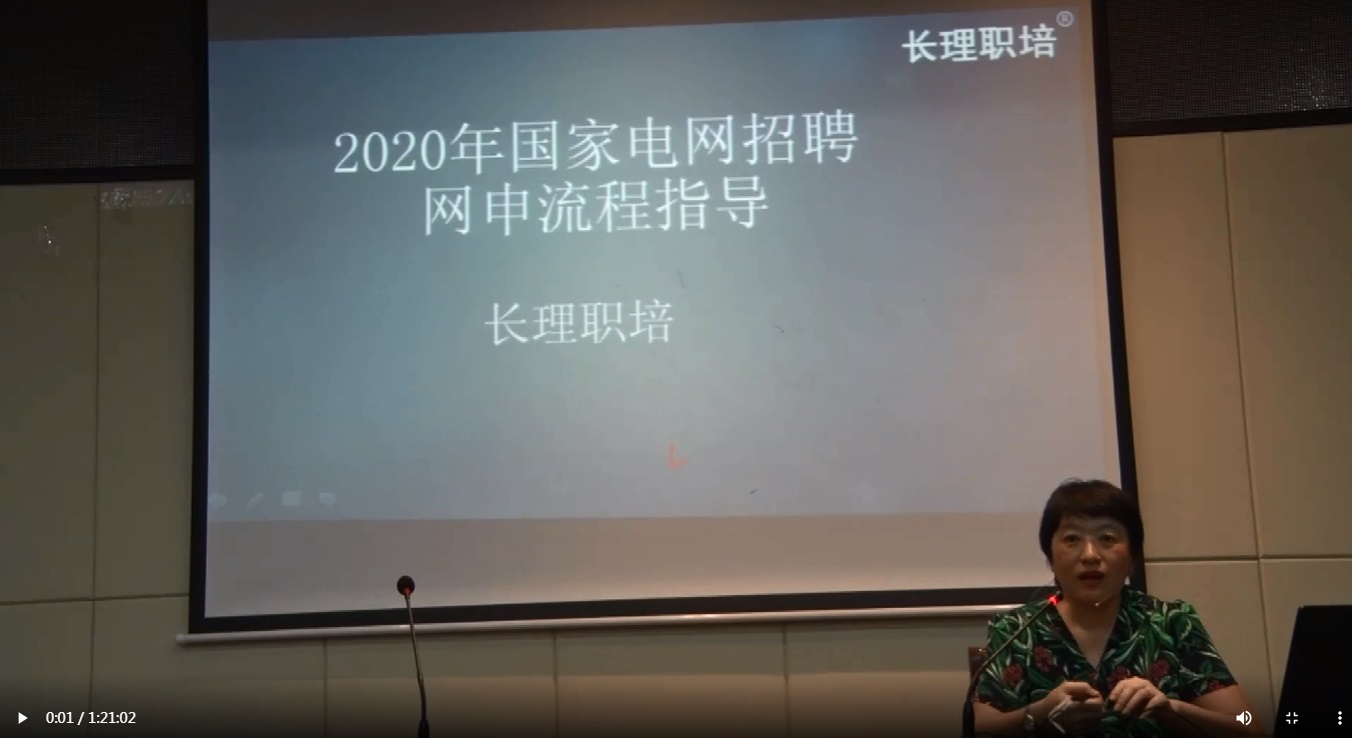


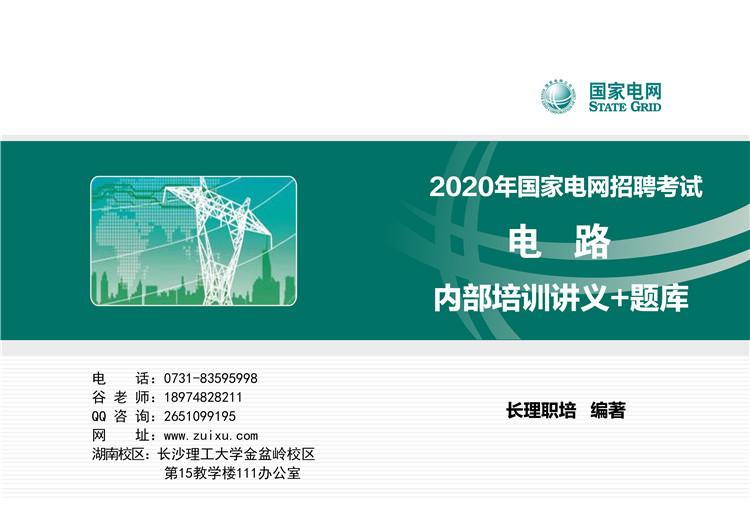




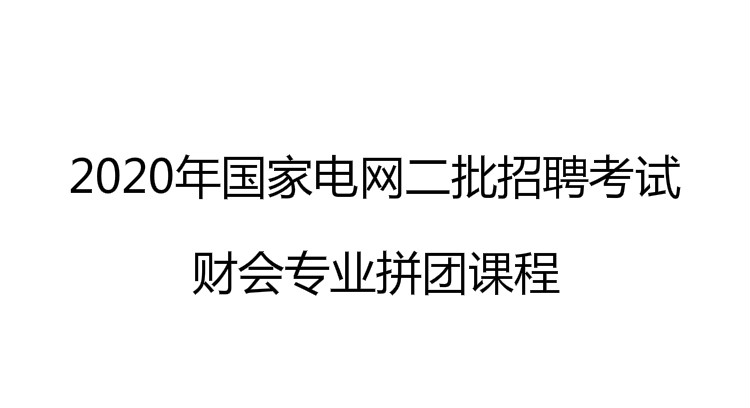
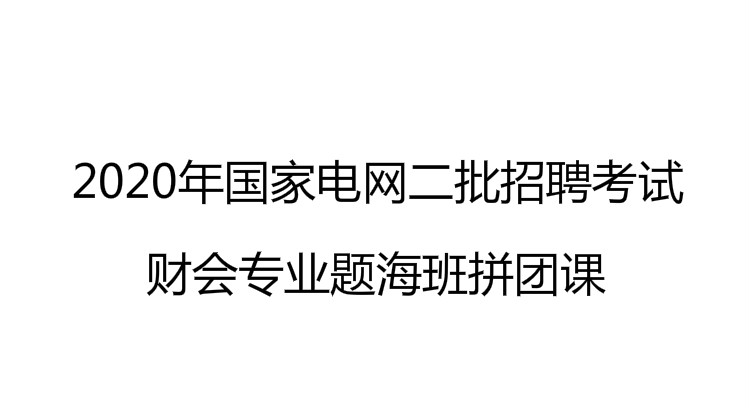
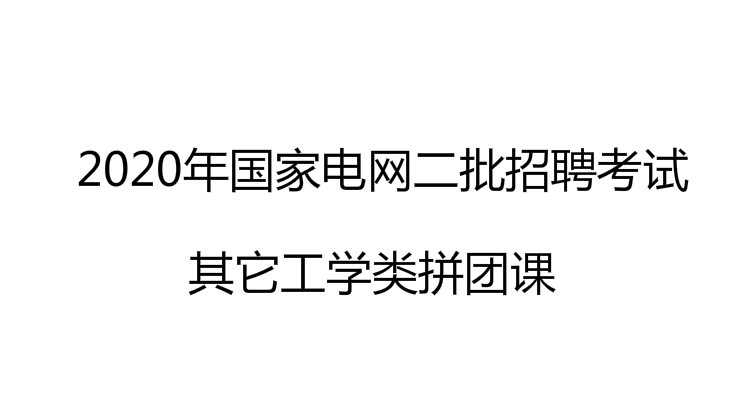



点击加载更多评论>>